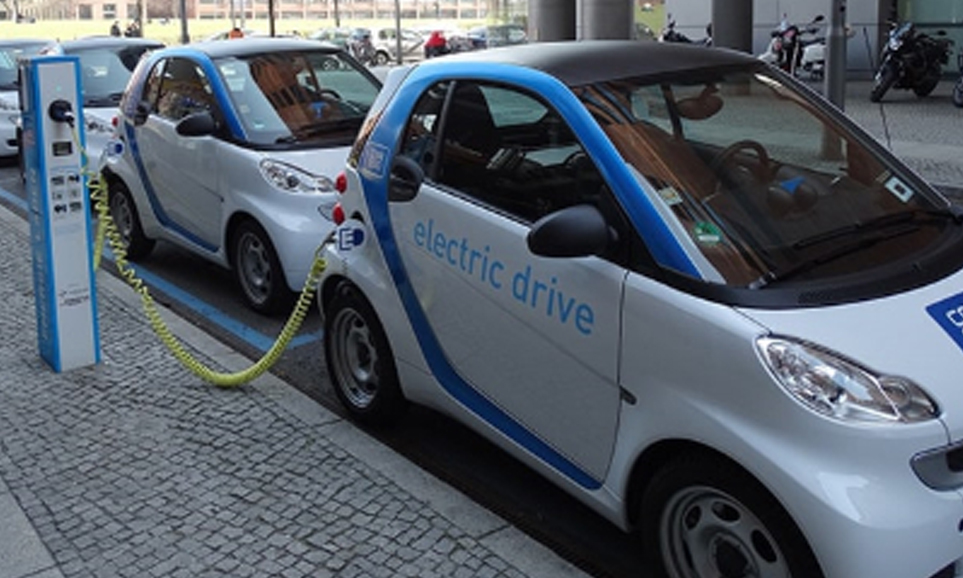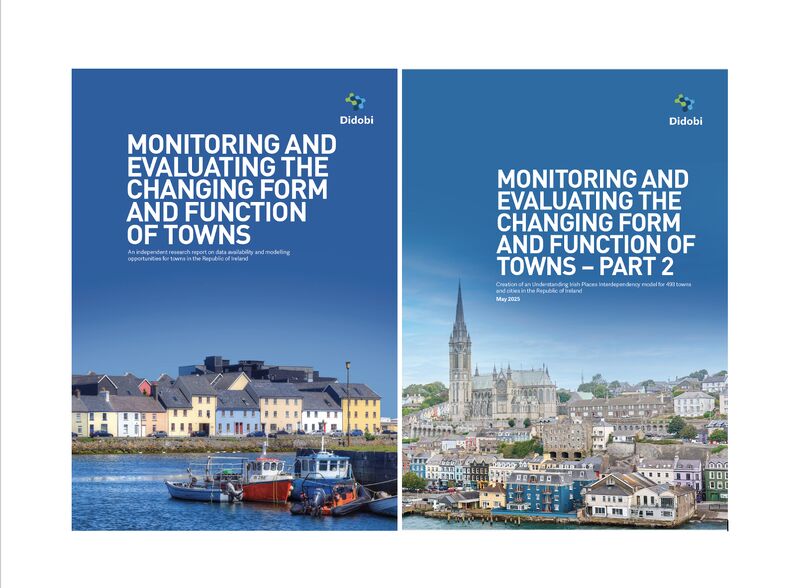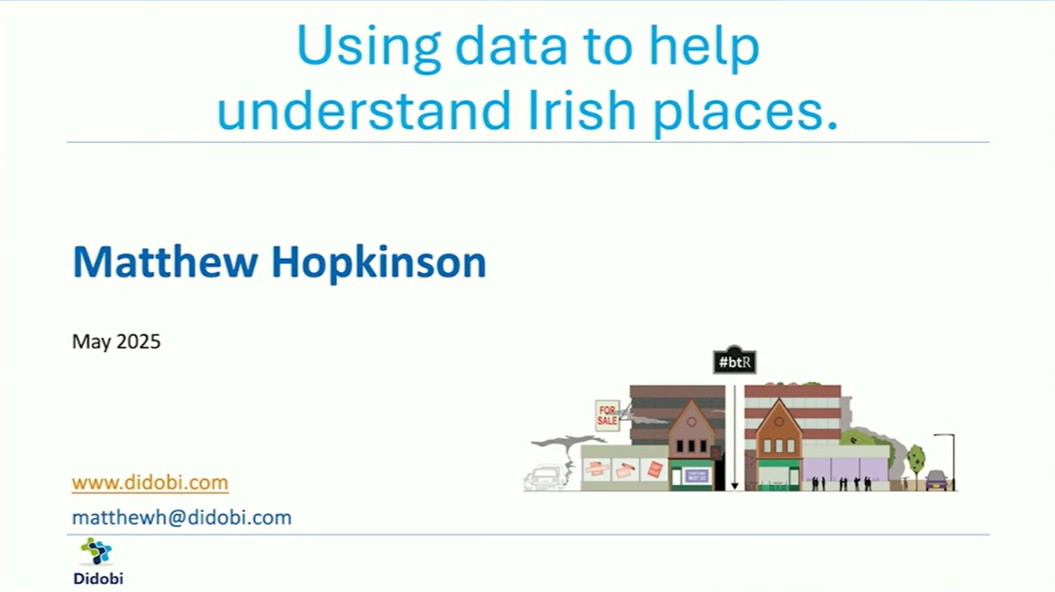
Data science and technology is identifying the needs for over a million Electric Vehicles in the UK
This is a guest blog by Alice Goudie from Emu Analytics, a massively innovative and capable company in London, that shows how data science, mapping and analysis will help drive a better world.
“By 2020 there will be over 1 million electric vehicles.”
Some highlights from the media release include;
- By 2020 there will be over 1 million electric vehicles.
- The UK Government has allocated £440 million to delivering charging infrastructure and research and development in this space.
- Twenty two Local Authorities have recently been mandated to look at Clean Air Zones by the UK Government and develop Clean Air Plans by December 2018.
- New diesel car sales declined by 20 percent in the last 6 months of 2017. With new sales decreasing at this rate the diesel market will be unsustainable and the existing fleet of diesel cars in the UK will need to be replaced by a green alternative.
- The majority of pure EVs have a range of between 100 and 200 miles (although real world figures are less) so the requirement for a charging network is critical to the roll out of EVs.
- As of May 2018 there were 9,600 public chargers (and approximately 16,500 connectors) in just over 5,700 locations across the UK. By way of comparison there are approximately 9,000 petrol stations across the UK.
- Due to charge times ranging from 85% charge in 30 minutes (Rapid Charge) to full charge in 8 hours (Slow Charge) there are only 1,500 Rapid Chargers and 3,400 Connectors across the UK.
- As at May 2018, of the 150,000 registered EVs in the UK, there are 43 EVs for every rapid charging connection across the UK which is not sustainable.
- Currently only 3% of supermarkets (preferred charger locations) have a charging point with ASDA having the best coverage at 19% of their stores with chargers. Tesco only 0.4% of their stores with chargers. Lidl has the highest number of rapid chargers at just 11.
- Newcastle has one of the best EV charger ratios with 1.45 cars per charger.
- Peterborough has the worst charger ratio with 485 cars per charger.
- According to data from the Open Charge Map and the National Charge Point Registry, 7% of Local Authorities have less than 2 chargers and 2% have no charging infrastructure at all. The City of London and Westminster are the best equipped with over 200 charging locations in total.
- Since the UK Government started the Plug-In Car Grant there has been a remarkable surge in electric vehicle registrations. Between 2016 and 2017 there was over a 20% increase in new registrations alone. In Q1 2014 there were under 2,000 EV registrations and in Q3 2017 there were over 14,000, a 600% increase.
- Oxford have announced that starting from 2020 petrol and diesel cars will be banned from some city centre streets. By 2035, the zero emissions zone will exclude any diesel or petrol vehicle (including buses and HGVs) from all of the City Centre.
“ASDA has the best coverage at 19% of their stores with chargers”
The interest in electric vehicles, and the supporting infrastructure required to ensure their widespread adoption, is at an unprecedented level. With a large number of initiatives across the globe, from both the private and public sectors, aimed at pushing for zero emission vehicles within cities, the drive for change is significant.
“electric vehicles are a key component to reducing air pollution”
Within the UK, this topic has never been more timely, with the European Union announcing this month that it will be taking the British Government to court for illegal and dangerous air pollution levels. While electric vehicles are a key component to reducing air pollution, one of the most significant challenges in the UK blocking this is the underlying charging infrastructure required to enable electric vehicle drivers to experience usage in a manner that is comparable to that of a petrol or diesel-powered vehicle.
The following research carried out by Emu Analytics looks at the situation today in the UK, and identifies the areas and populations for whom demand for on-street charging is going to be most immediate.
“UK wide ban on the sale of all new petrol and diesel vehicles by 2050”
There are currently over 2 million electric vehicles (EVs) worldwide, over half of these in China. Norway is leading the way in terms of relative uptake and ~30% of new vehicle sales are electric. In the UK, 40,000 new EVs were registered in 2017 representing 1.5% of all sales, there are ~140,000 registered EVs in total representing a market share of 0.3%. Several policies have come in which should help accelerate the uptake of electric vehicles such as a UK wide ban on the sale of all new petrol and diesel vehicles by 2050. Oxford is also the first city in the world to ban all emitting vehicles from city centre streets starting in 2020. Much of this policy change is being driven by air pollution.
Range anxiety is one of the main worries that is preventing people from making the switch to electric vehicles. This is not helped by the limited charging infrastructure. 6 Local Authorities in the UK have no public charging infrastructure at all and several others are pushed to the limit with well over 100 EVs to each public charging station.

Our analysis can be used to identify the best locations for charger installations and understand more about where initial future uptake is likely to occur. Geo-demographic datasets looking at things like income, employment and car ownership can be used to highlight specific areas within Local Authorities which are most likely to see high concentrations of early adopters. The typical profile of an ‘early adopter’ is:
– Above average income
– Above average employment
– Above average car ownership
In Greater Manchester, for example, the following areas have been identified as initial focus areas:

Some people may have environmental and conscientious beliefs that mean that they are more likely to buy an electric vehicle even if they don’t fit the normal profile. People should not be hindered from getting an EV due to economic factors and so, our analysis has identified relatively deprived areas of each Local Authority, with low levels of crime, which can be targeted as areas for ‘technology led regeneration’. EVs bring secondary benefits to an area such as reduced air pollution, better accessibility and local employment for installation and maintenance of chargers.

A lack of off-street parking currently makes it very difficult to own an electric vehicle due to the limited public charging infrastructure. Until this improves, large proportions of the population will not be able to switch from petrol and diesel. Our analysis can be used to identify houses with no off-street parking and the locations most in need of public chargers. Retrofitting streetlights is one method of rapidly deploying on-street charging infrastructure.

Destination chargers are also key to reducing range anxiety by enabling people to charge their cars as needed when out and about. Shopping centres, workplaces, leisure centres, car parks and town centres are ideal locations.
The installation of workplace charging is important to not only reduce range anxiety and accelerate the uptake of electric vehicles but also to level out the demand more evenly across the day, reducing pressure on the power grid. The areas that are most likely to benefit from workplace charging are workplaces or public car parks in areas that have a high percentage of people commuting to work by car.

“The UK is on the cusp of a transport revolution”
Taxis are ideal candidates for making the switch to electric as the majority of journeys are short and city based. In London, no new licenses will be issued to petrol and diesel taxis. However, rapid chargers are essential (80% charge in 30 minutes) as cabbies aren’t going to want to disrupt their business by having to spend a long time waiting for their vehicle to charge. Rapid chargers should be installed at all taxi rest areas and inductive chargers should be considered for taxi ranks.
More innovative datasets such as mobile phone data can be used to greater understand where people are going to and from and how long they are waiting in destinations to identify the most appropriate place for installing new infrastructure. These datasets will also help select the right speed of charger as charging times vary from 30 minutes for an 80% charge using a rapid charger, to 8 hours for a full charge using a slow charger.
The UK is on the cusp of a transport revolution however businesses, Local Authorities and individuals must act now to ensure that the infrastructure is in place so that we can embrace the change and become a world leader in clean transport.
Emu Analytics (www.emu-analytics.com) is a London based SME providing analytics software and data solutions across Smart Cities, Transportation, Energy, Telecoms and Infrastructure sectors.
Emu Analytics have released a comprehensive 50 page whitepaper on the subject of electric vehicles which can be freely downloaded at emu-analytics.com/whitepapers/electric_vehicles. They have also released data packs which allow organisations, and particularly Local Authorities, to purchase datasets regarding off-street parking availability which can be used to support the government ORCS (On-Street Residential Charging Scheme) applications for example emu-analytics.com/products/datapacks






Leave a comment: